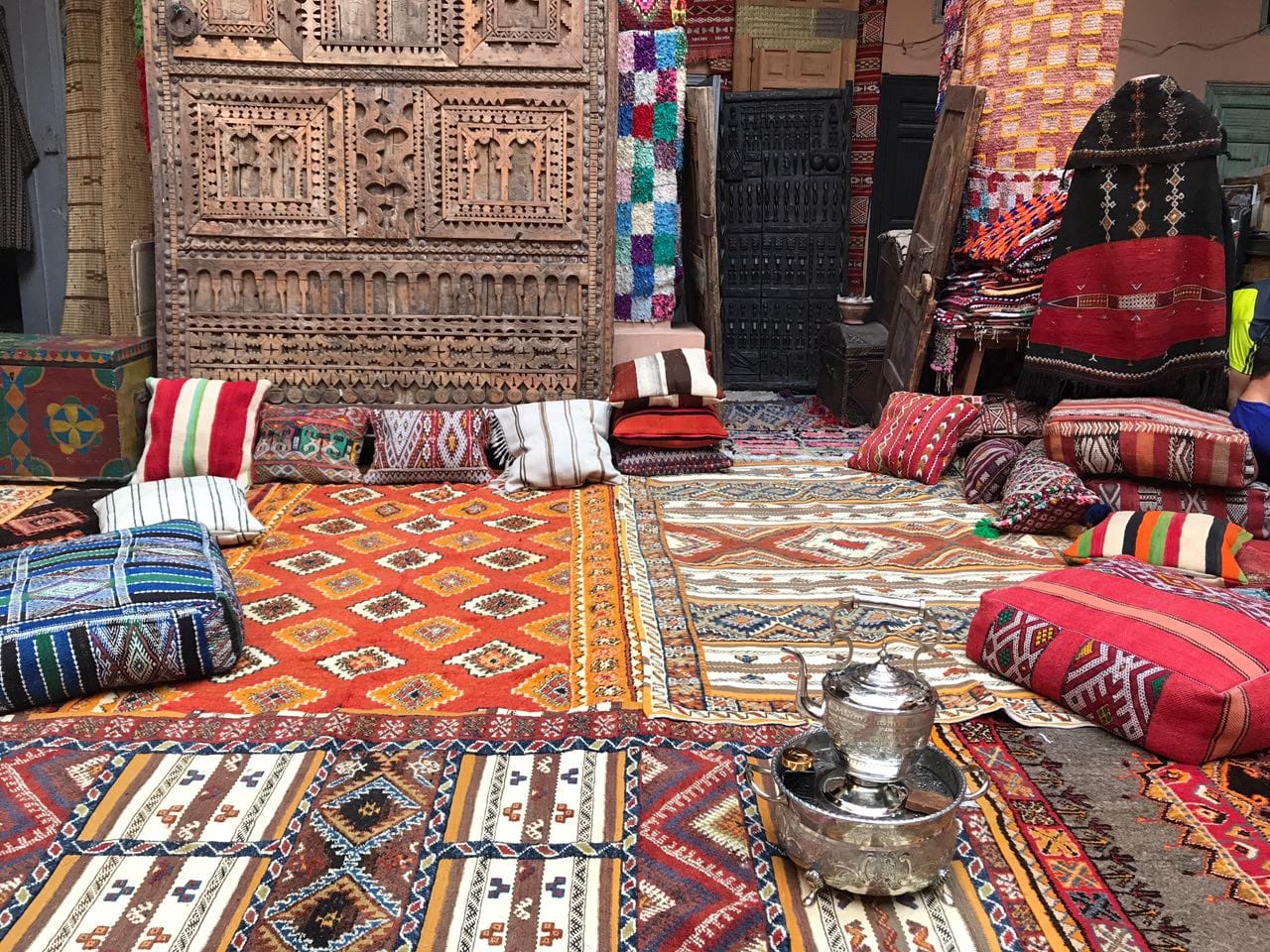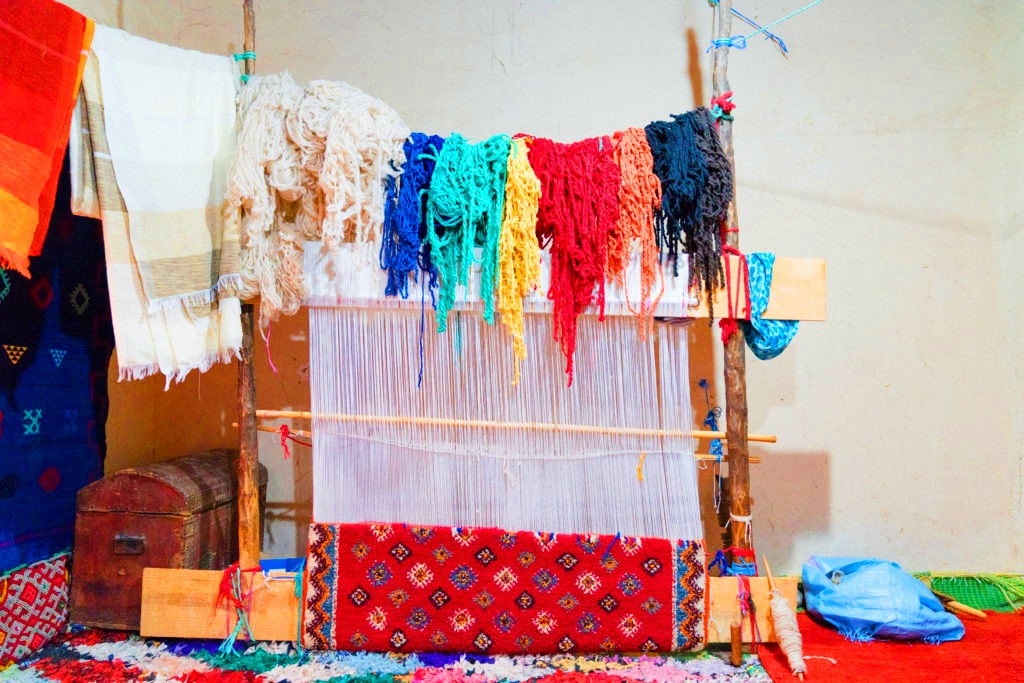History of moroccan berber rugs
Moroccan carpets are hand-woven carpets and textiles in Morocco. Carpets had been woven by means of the indigenous people of Morocco for the reason that Paleolithic. Traditionally, Moroccan rugs had been woven with the aid of tribal peoples for their own advantage, but now they are not for adornment purposes. Moroccan 20th-century carpets are broadly gathered inside the West, frequently woven with the aid of the tribes of people who are not searching for or possessing formal technical training.
In the historical region that consists of the modern Moroccan nation, the way of life of rug-making is as old as everywhere in the world. The early dependence on the carpet enterprise by using indigenous Moroccans is genuinely due in large part to the location's distinct climate: Moroccan rugs may be extraordinarily dense with a heavy pile, making them beneficial for the snow-capped Atlas Mountains, or they'll be woven flat and mild to suit the recent barren region's weather. Moroccan Bedouin and Berber tribes used those lint, woven, and flat carpets as mattress covers and dozing mats, as well as for self-decoration and burial shrouds. Some of these carpets had been also used as saddle blankets. The designs that regularly appear in Moroccan carpets are conventional and antique, varying from weaver to weaver.
Elsewhere in Morocco, most major towns have a completely unique style or layout that characterizes their carpets. Perhaps the most essential carpet-generating town in Morocco is the ancient Moroccan capital of Fez. Fez reached its golden age at some point of the Marinid dynasty within the thirteenth century. At that point, the metropolis become domestic, with more than a hundred dye employees and hundreds of craft embroidery studios positioned in the Old City. The coastal capital, Rabat, is famous for carpets woven with floral factors, diamond shapes and a fairly open field.

Moroccan carpets have grown in popularity within the West thru modern mid-century designers, including Le Corbusier, who've related dense Berber carpets with their elegantly designed fixtures. Many of those Berber rugs are woven by the people of Beni Ourain from the Rif Mountains close to Taza. Colors range from neutral shades to shades, with designs ranging from the desired geometric shapes to an extra expressive, unfastened fashion. Part of the attraction to modernists turned into the primitive carpet. Unlike traditional vintage oriental carpets located in Western interior decoration, there may be little beauty around those carpets, but they are healthy with modern decor. Antique Moroccan rugs are popular these days because of their ornamental flexibility and affordable prices in comparison to different kinds of vintage rugs.










